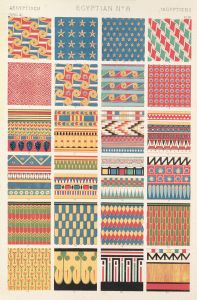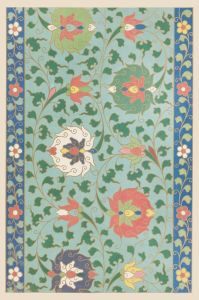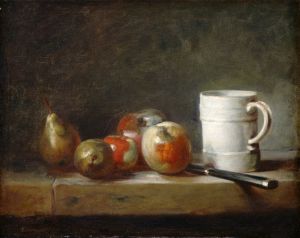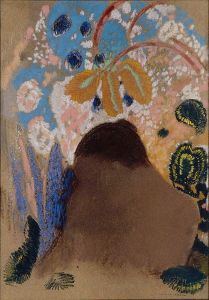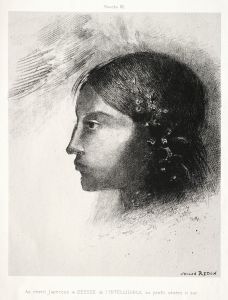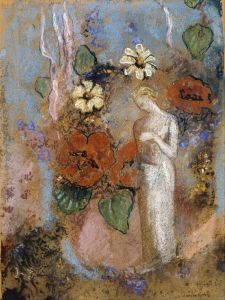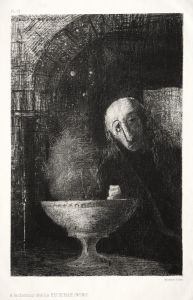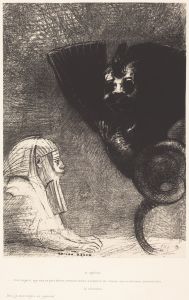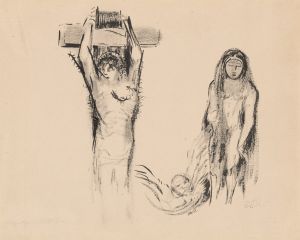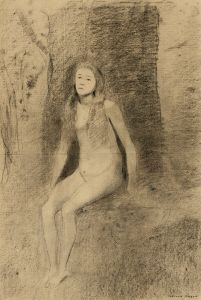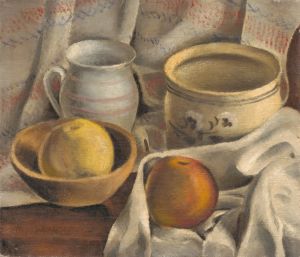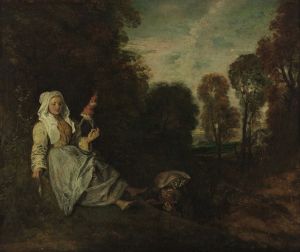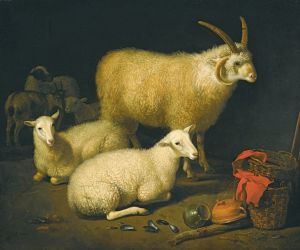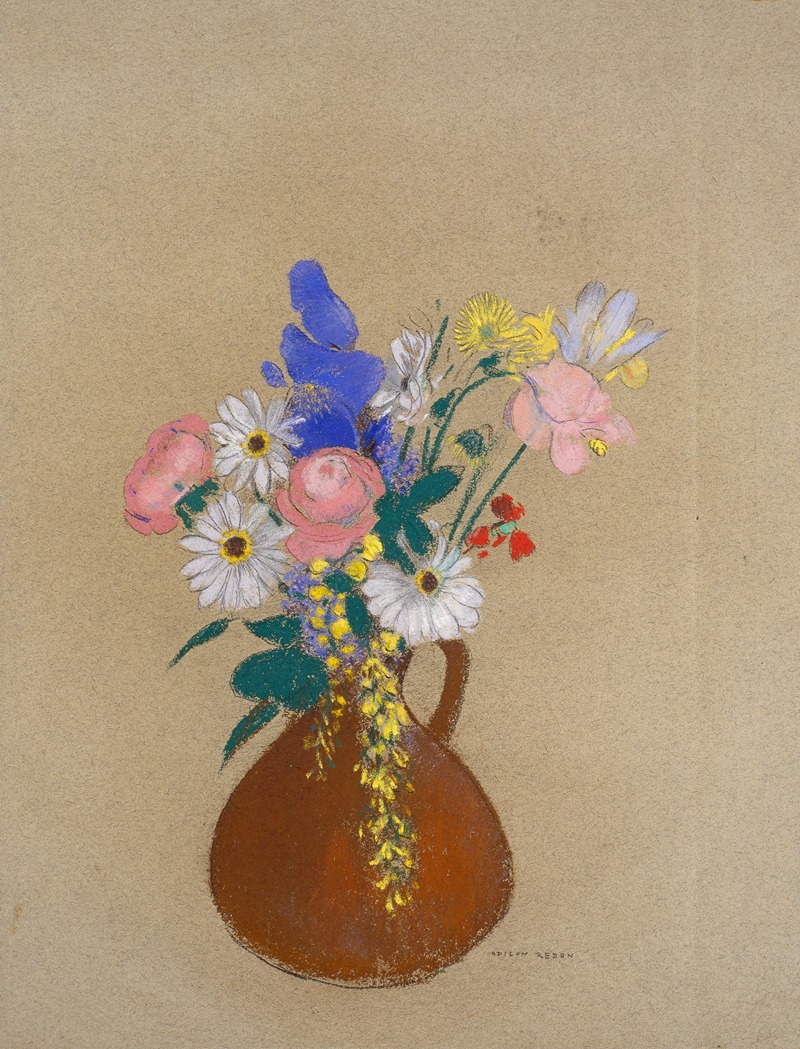
Blumenstrauß in brauner Tonvase
A hand-painted replica of Odilon Redon’s masterpiece Blumenstrauß in brauner Tonvase, meticulously crafted by professional artists to capture the true essence of the original. Each piece is created with museum-quality canvas and rare mineral pigments, carefully painted by experienced artists with delicate brushstrokes and rich, layered colors to perfectly recreate the texture of the original artwork. Unlike machine-printed reproductions, this hand-painted version brings the painting to life, infused with the artist’s emotions and skill in every stroke. Whether for personal collection or home decoration, it instantly elevates the artistic atmosphere of any space.
Odilon Redon was a French symbolist painter, printmaker, draughtsman, and pastellist, born on April 20, 1840, in Bordeaux, France. He is best known for his dreamlike and often fantastical imagery, which frequently incorporated elements of the natural world, mythology, and the subconscious. Redon's work is characterized by its use of vivid colors and imaginative compositions, which often evoke a sense of mystery and introspection.
"Blumenstrauß in brauner Tonvase" (translated as "Bouquet of Flowers in a Brown Clay Vase") is one of Redon's many floral still lifes. While specific details about this particular painting are scarce, it is representative of a significant aspect of Redon's oeuvre, especially in his later years when he increasingly focused on color and light.
Redon's floral works often feature vibrant, luminous colors and a delicate interplay of light and shadow. These paintings are celebrated for their ability to convey emotion and mood through the depiction of flowers, which Redon saw as symbols of beauty and the ephemeral nature of life. His use of color in these works is particularly noteworthy, as he employed a rich palette to create depth and intensity, often using pastels to achieve a soft, ethereal quality.
The choice of a brown clay vase in "Blumenstrauß in brauner Tonvase" suggests a connection to the earth and nature, grounding the otherwise ethereal and dreamlike quality of the flowers. This juxtaposition of the earthly and the otherworldly is a common theme in Redon's work, reflecting his interest in exploring the boundaries between reality and imagination.
Redon's artistic journey began with a focus on black-and-white works, known as his "noirs," which were characterized by their use of charcoal and lithography to create haunting, monochromatic images. However, in the 1890s, he shifted towards color, inspired by the Impressionists and the Symbolist movement, which sought to express the emotional and spiritual aspects of human experience.
Throughout his career, Redon was influenced by a variety of sources, including literature, music, and philosophy. He was particularly drawn to the works of Edgar Allan Poe and Charles Baudelaire, whose themes of mystery and the exploration of the subconscious resonated with his artistic vision. Additionally, Redon's interest in Eastern philosophies and the natural sciences informed his approach to art, as he sought to capture the unseen and the intangible.
"Blumenstrauß in brauner Tonvase" exemplifies Redon's mature style, where his mastery of color and form is evident. The painting invites viewers to contemplate the beauty and transience of life, a theme that is central to much of Redon's work. Through his unique blend of symbolism and naturalism, Redon created a body of work that continues to captivate and inspire audiences, offering a window into the artist's inner world and his quest to depict the ineffable.
Odilon Redon passed away on July 6, 1916, in Paris, leaving behind a legacy that has influenced generations of artists. His work is celebrated for its innovative use of color and its ability to evoke emotion and introspection, securing his place as a pivotal figure in the history of modern art.





